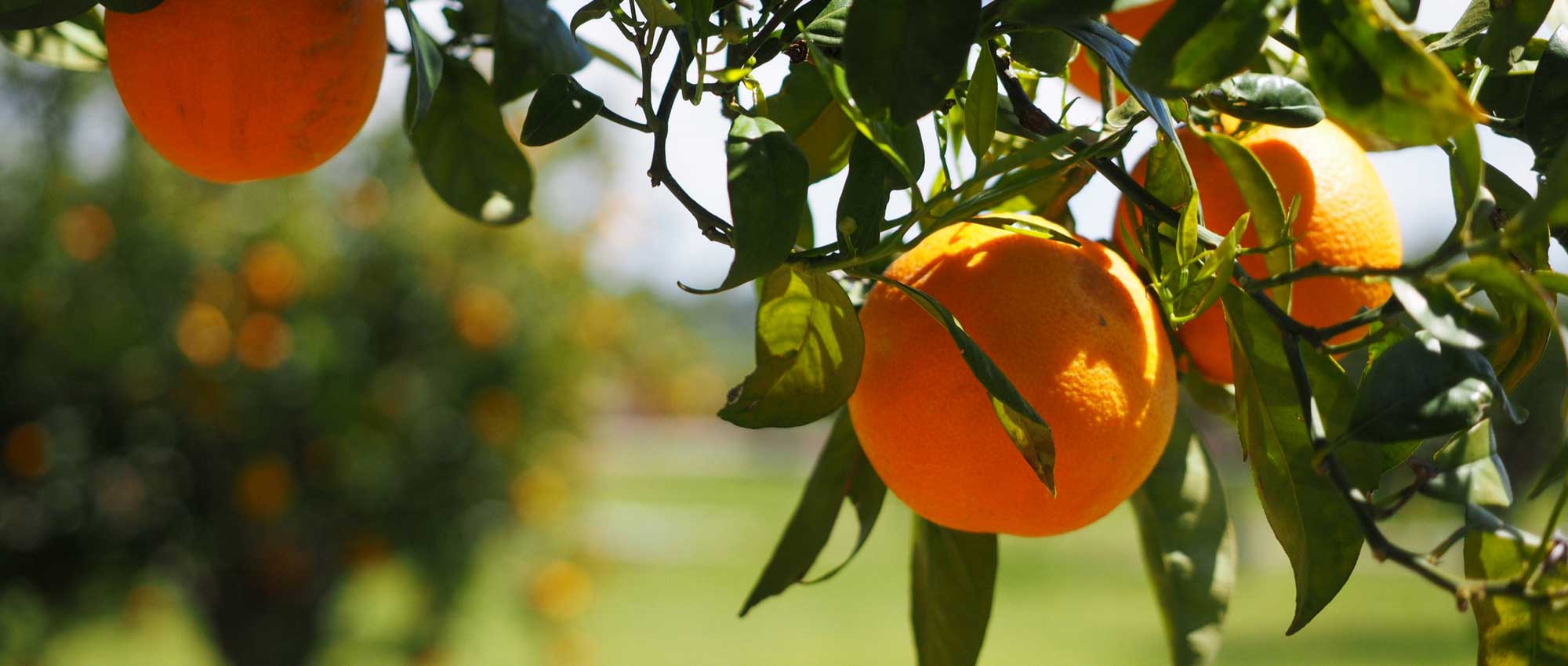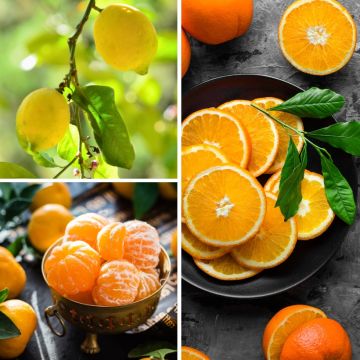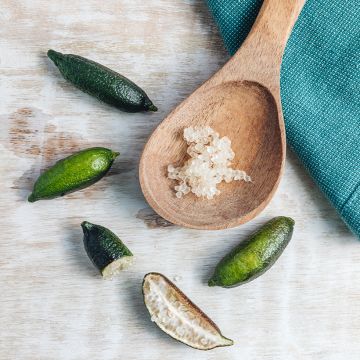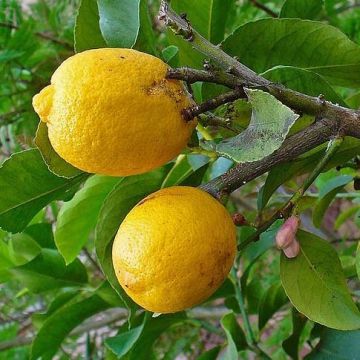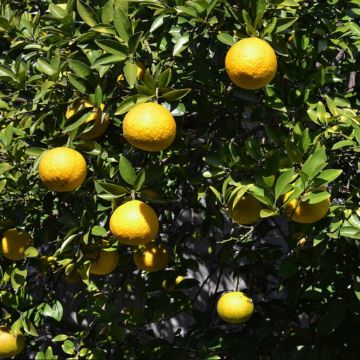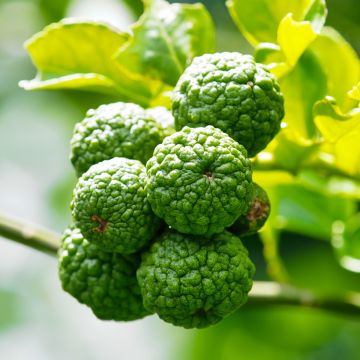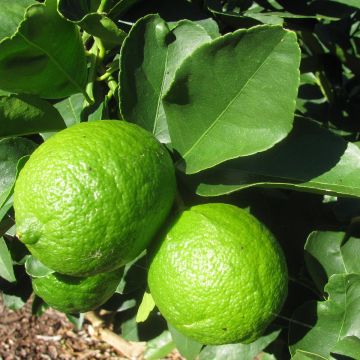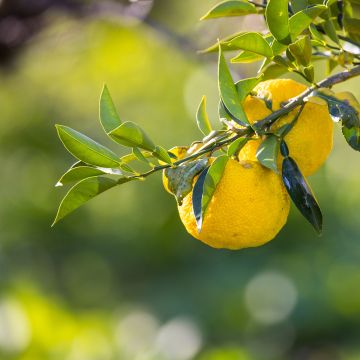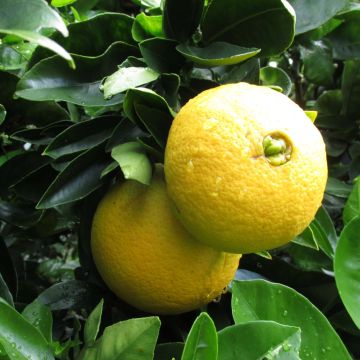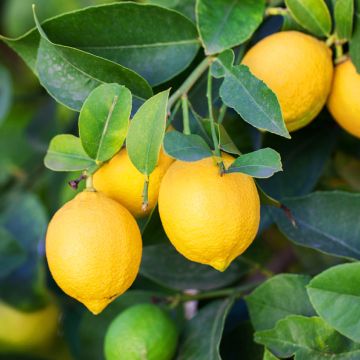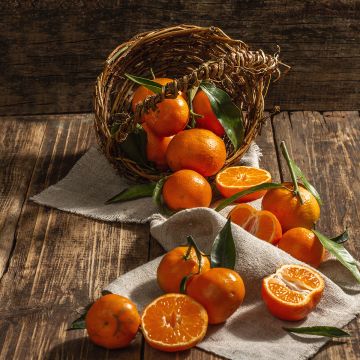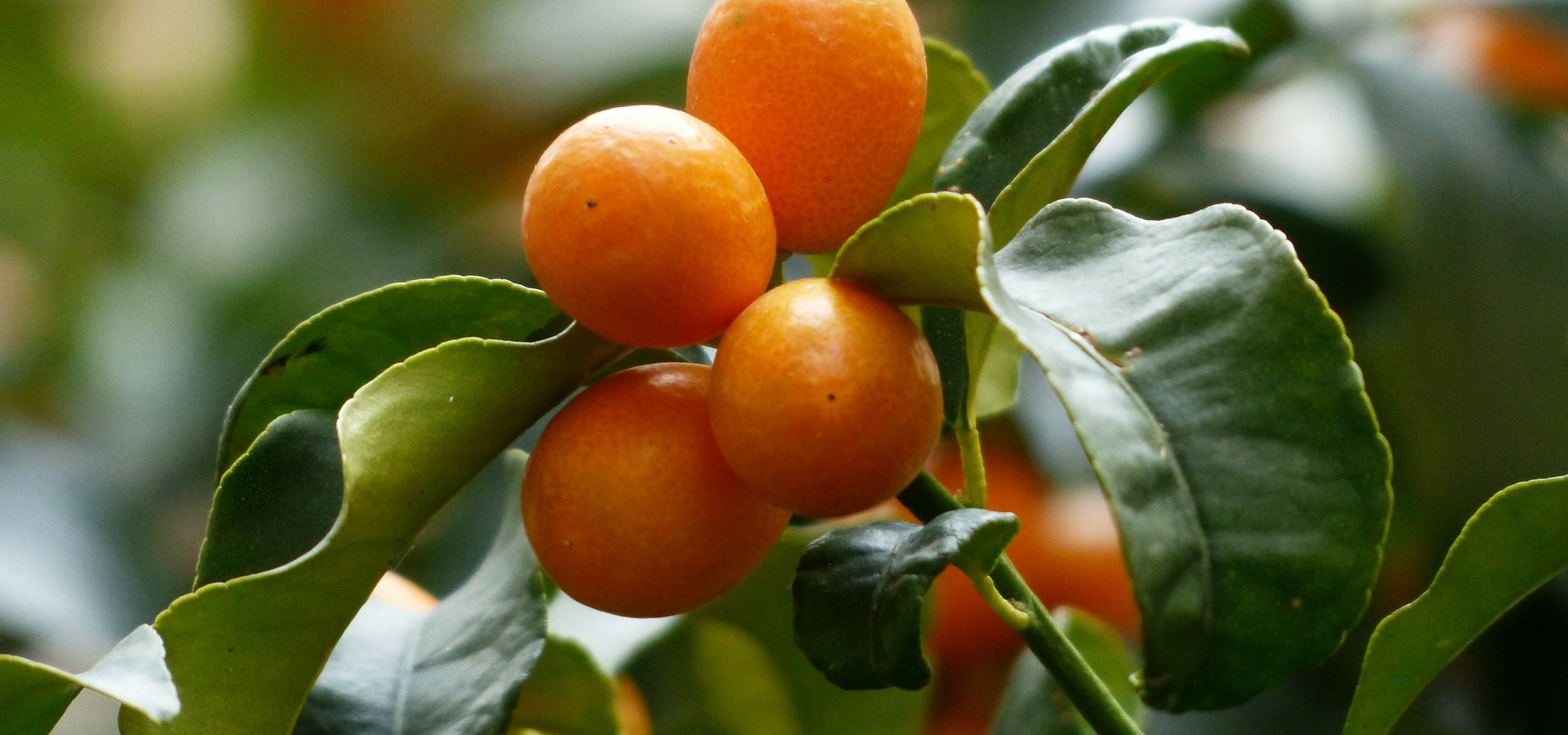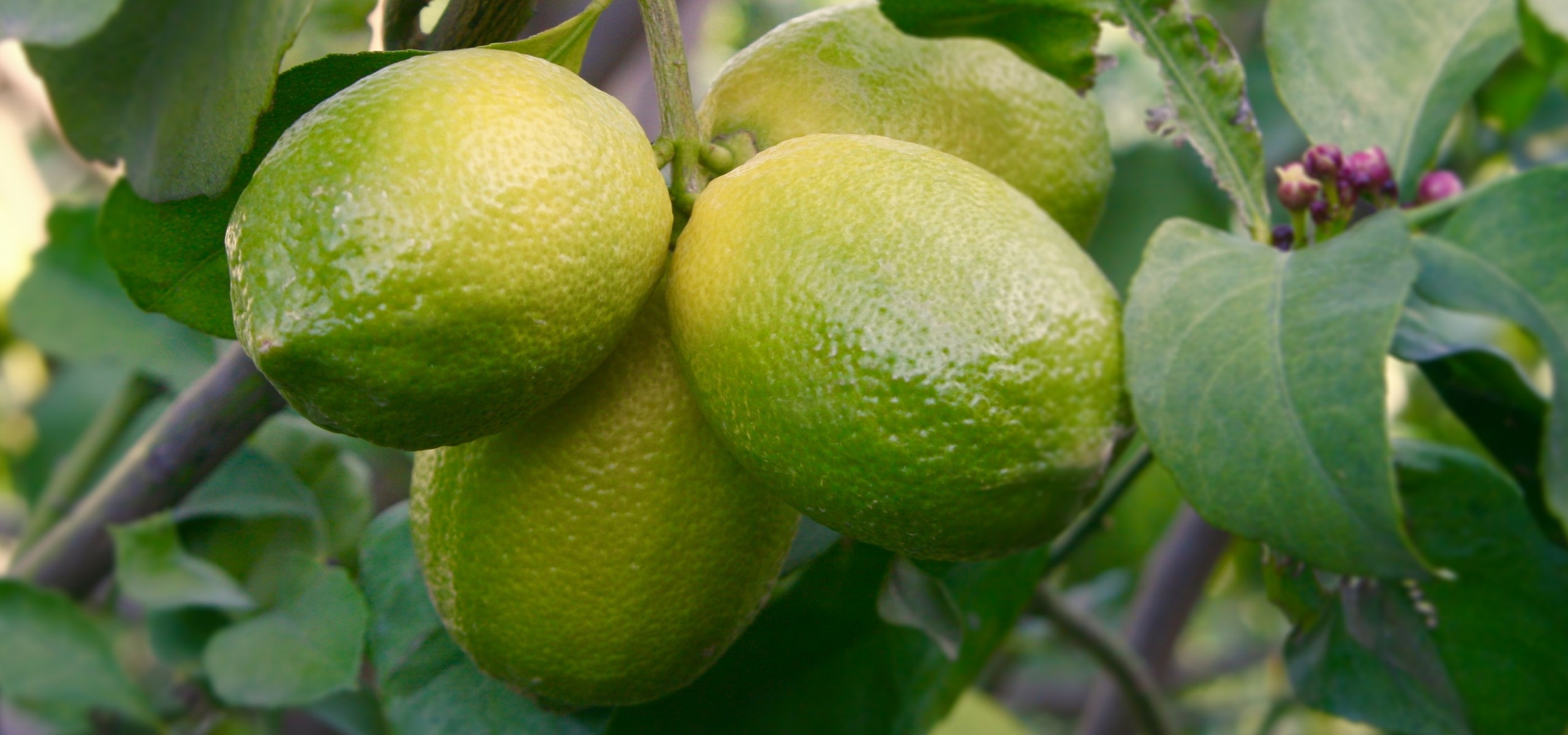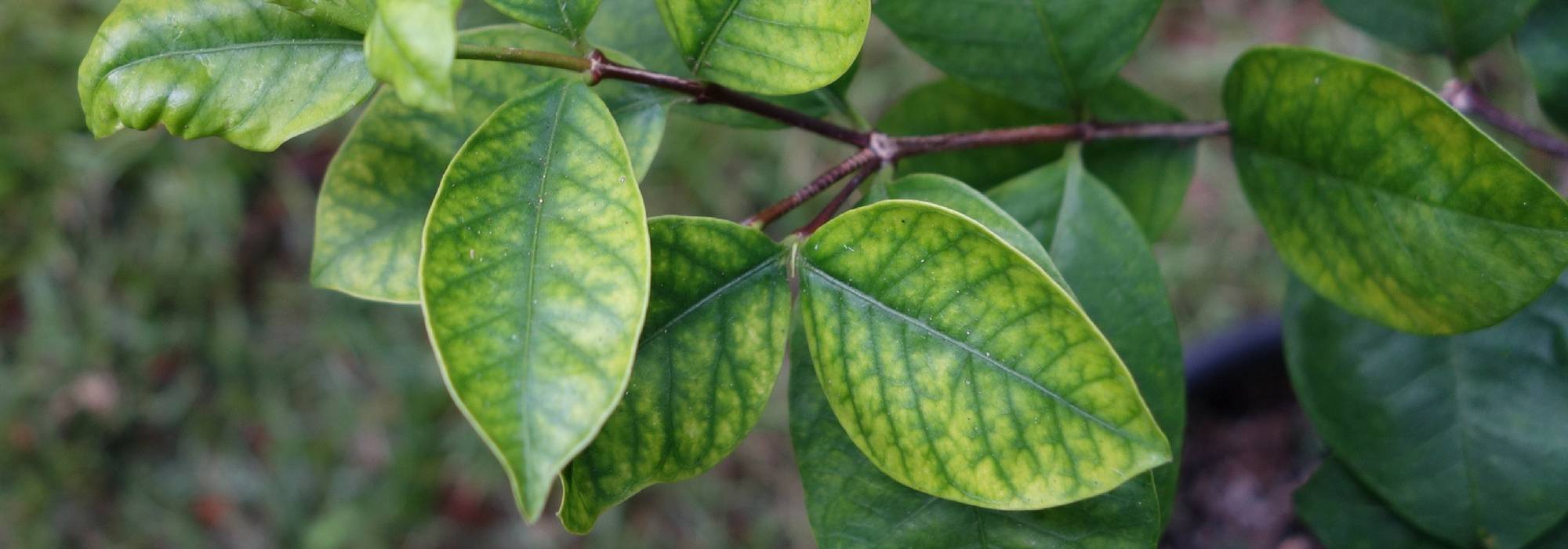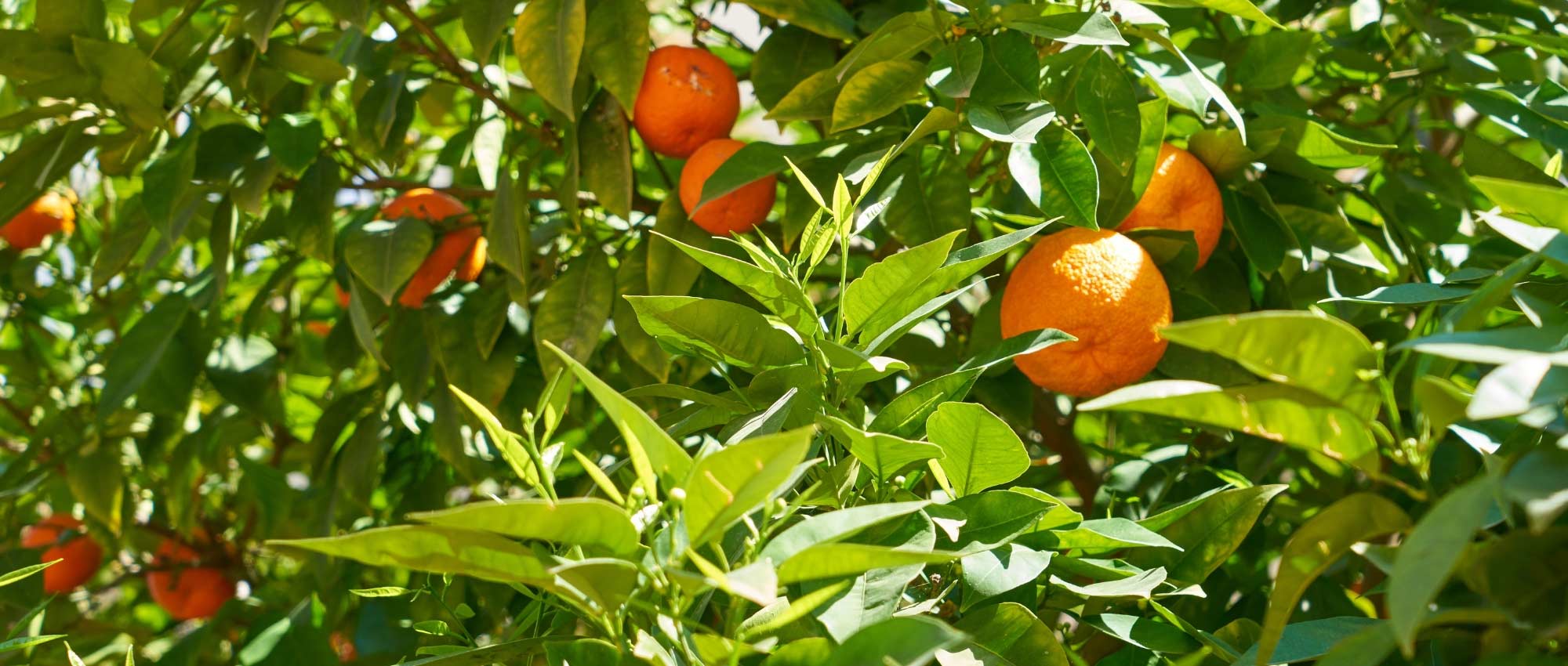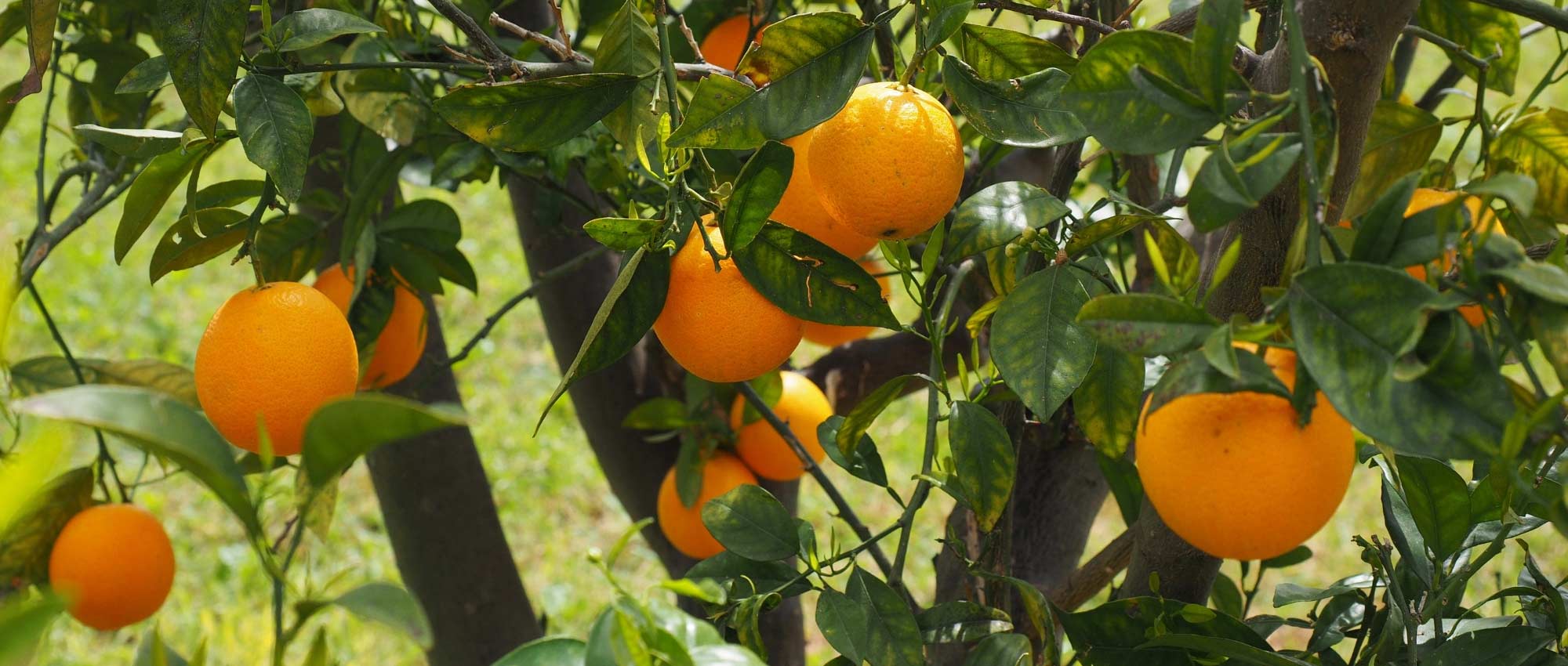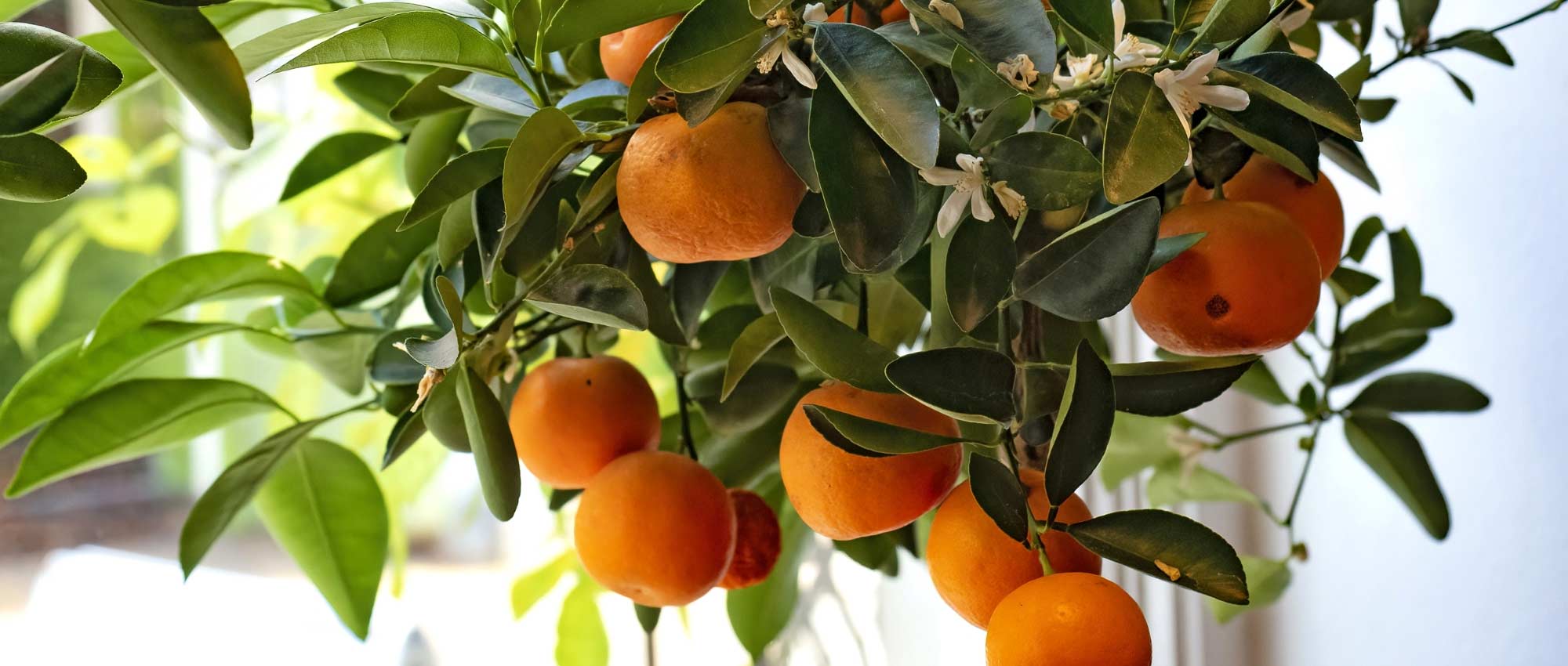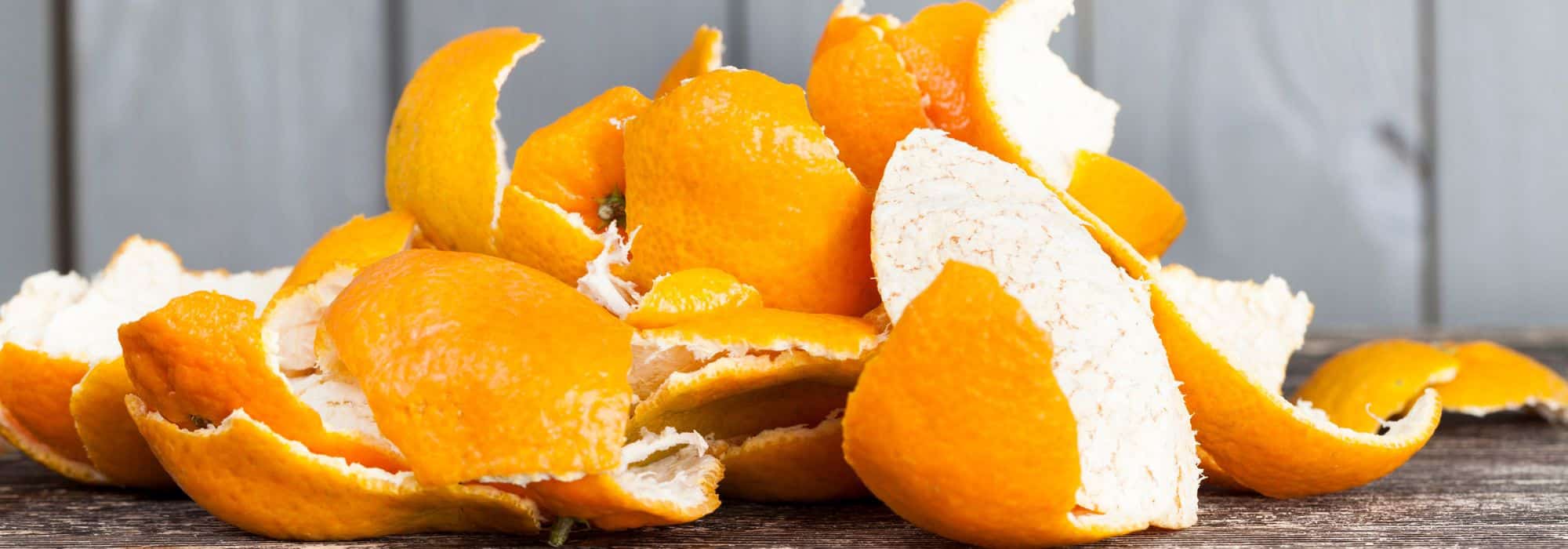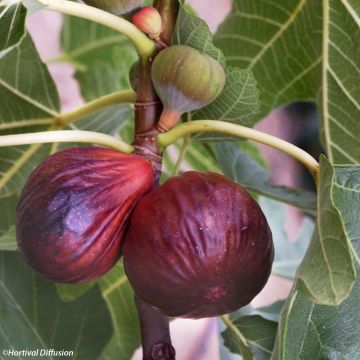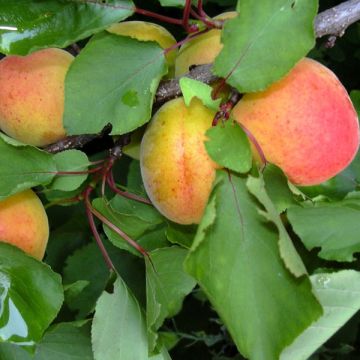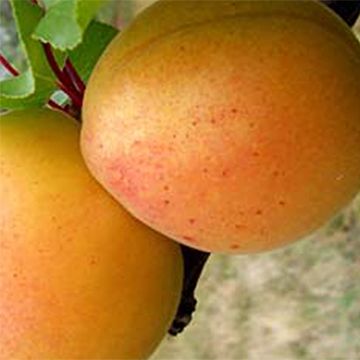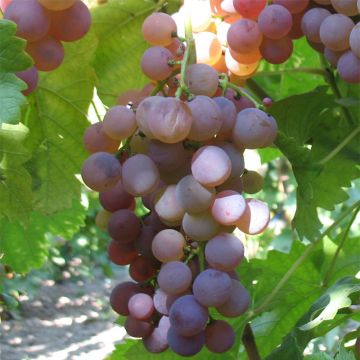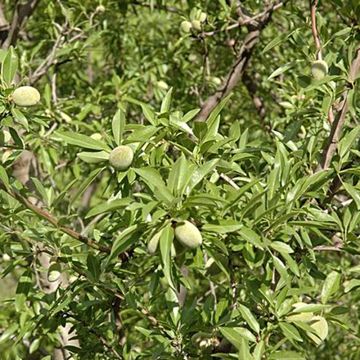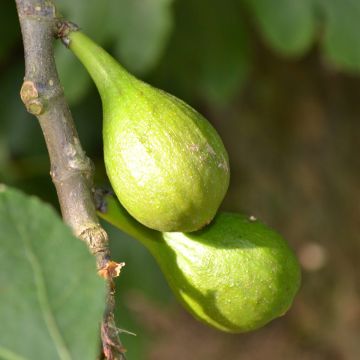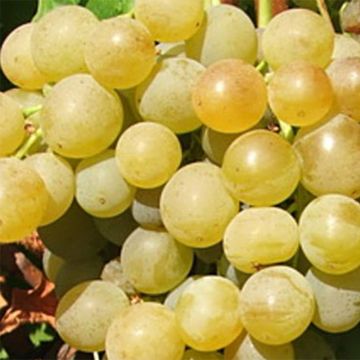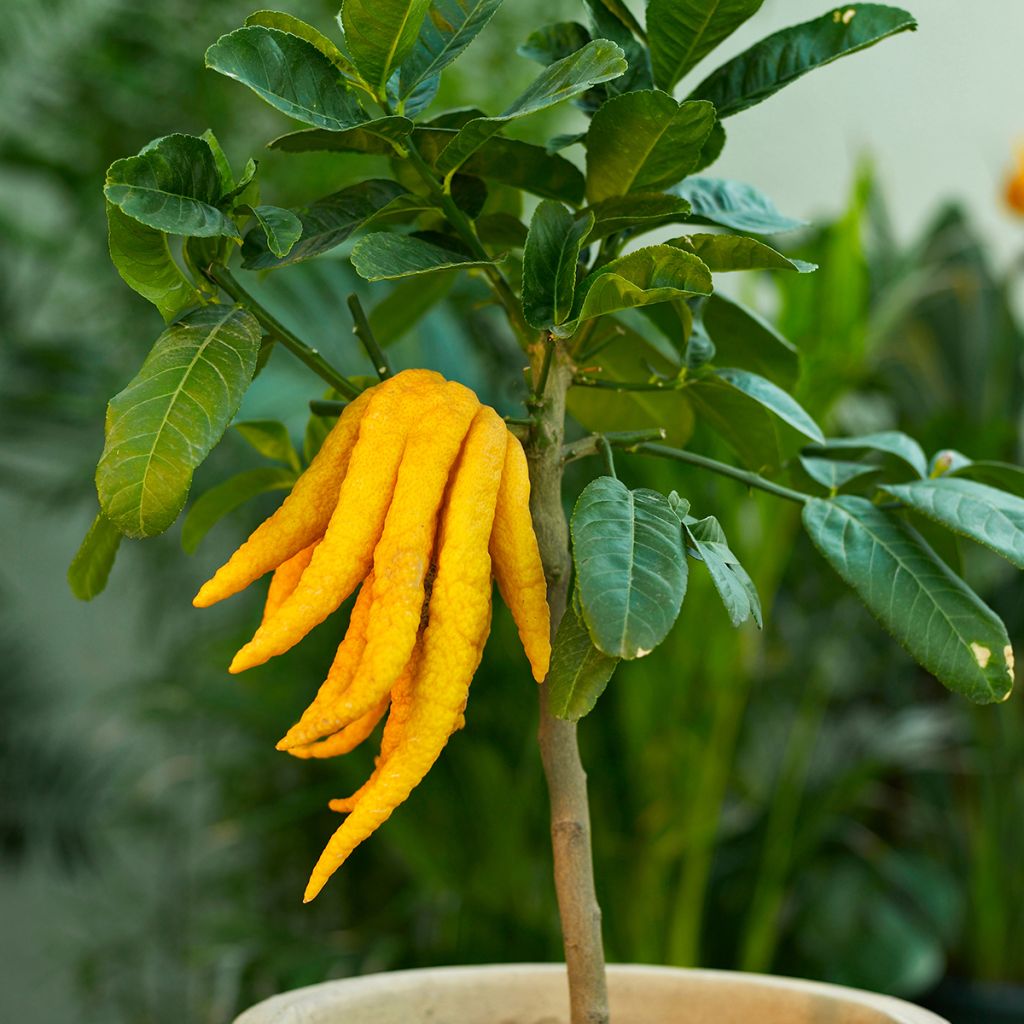

Buddha's Hand - Citrus medica var. sarcodactylis
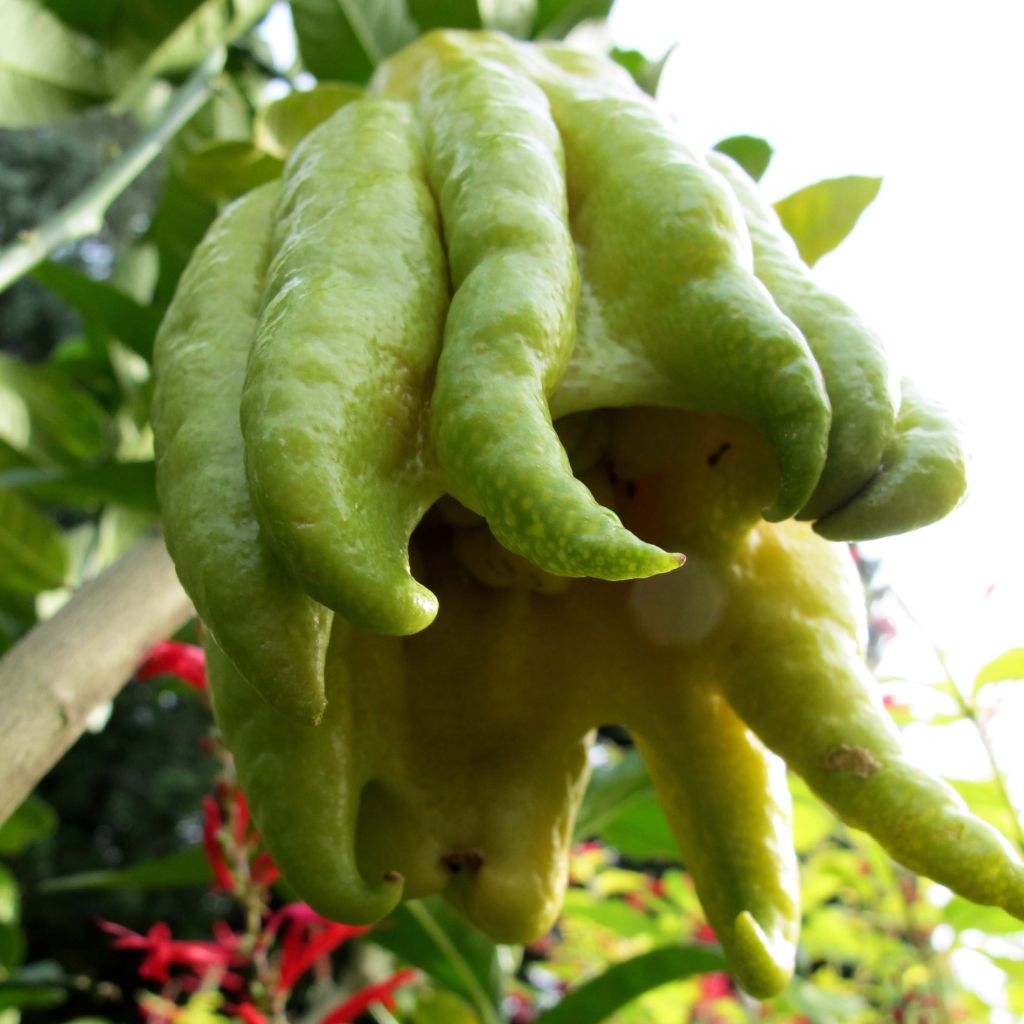

Buddha's Hand - Citrus medica var. sarcodactylis
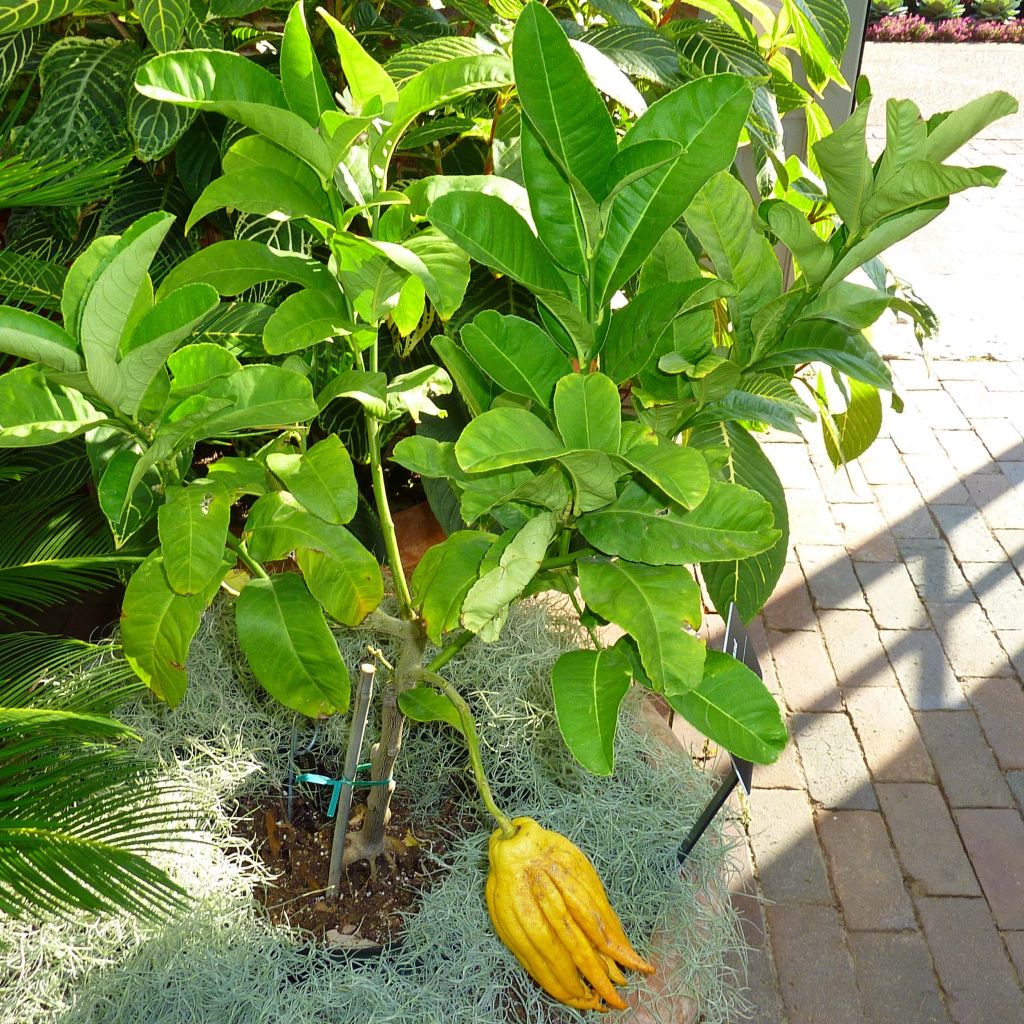

Buddha's Hand - Citrus medica var. sarcodactylis
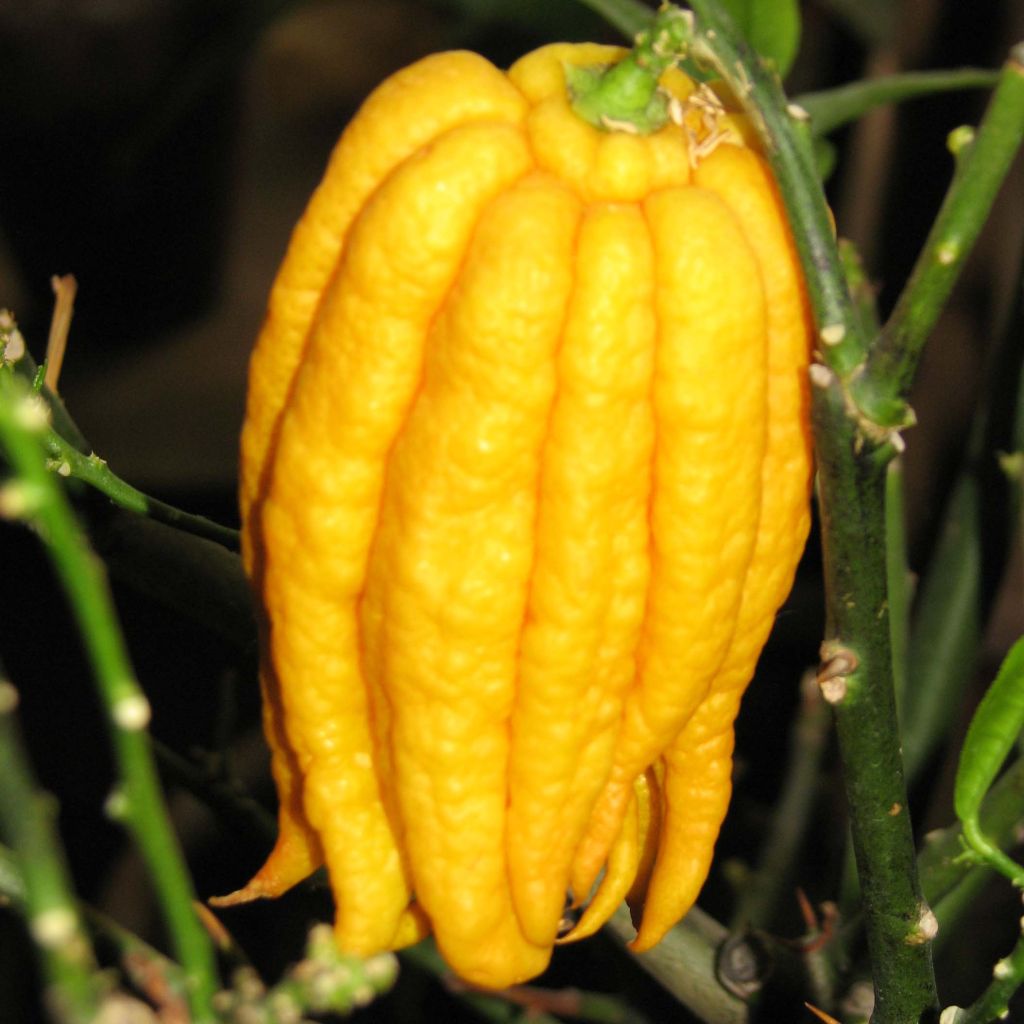

Buddha's Hand - Citrus medica var. sarcodactylis
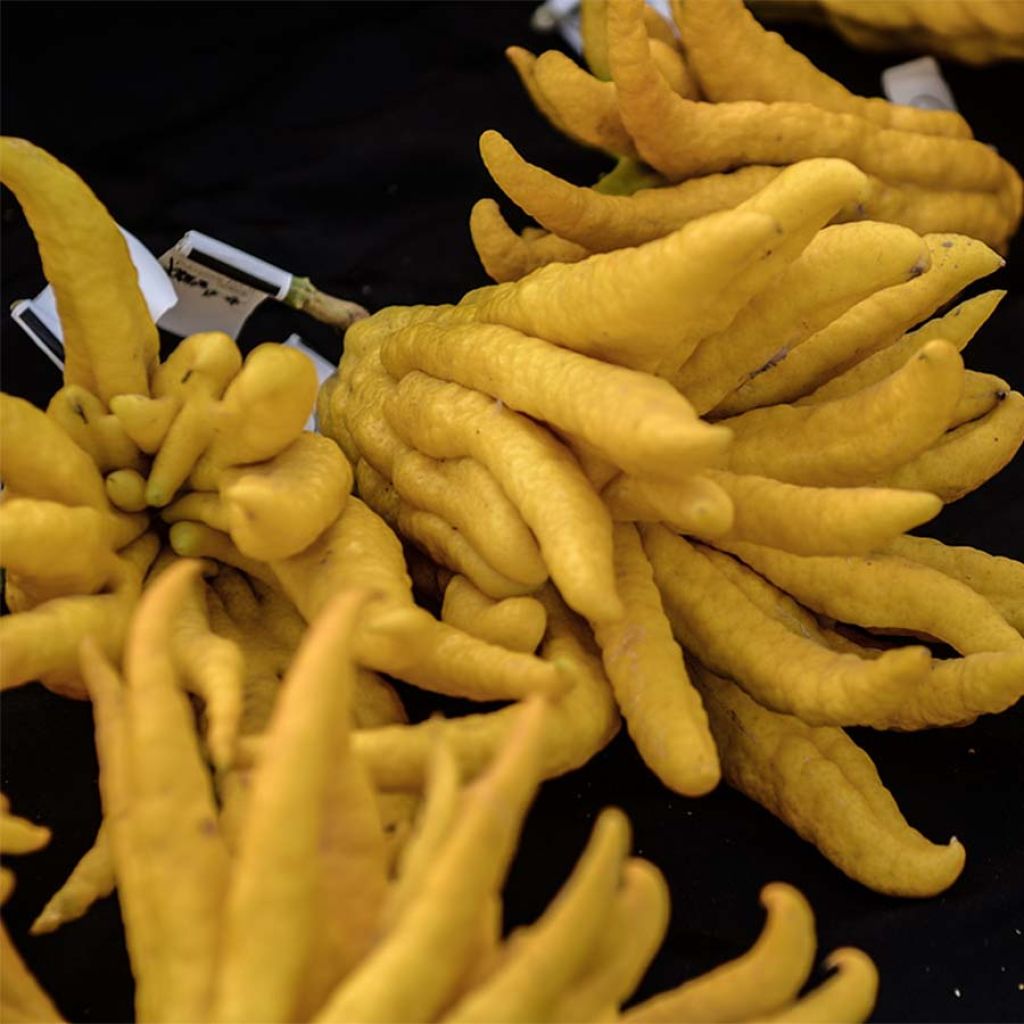

Buddha's Hand - Citrus medica var. sarcodactylis
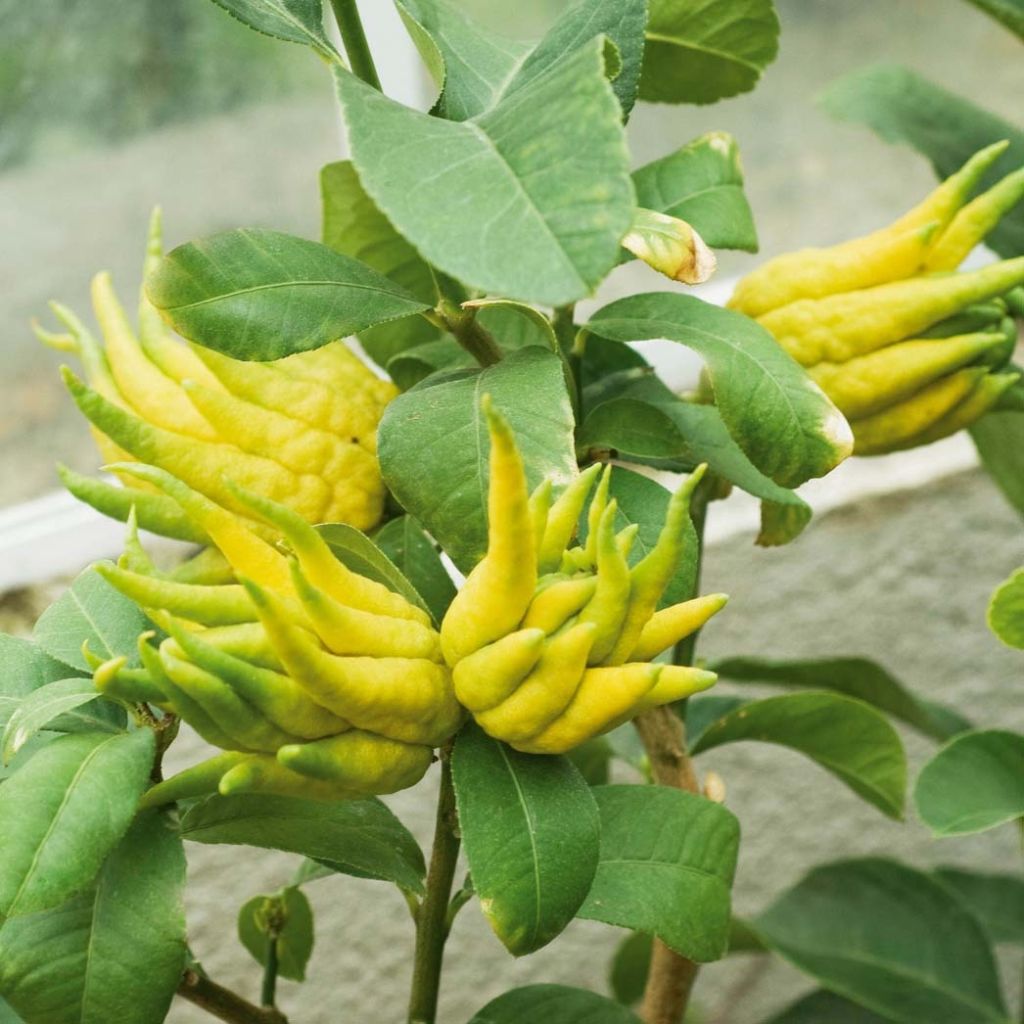

Buddha's Hand - Citrus medica var. sarcodactylis
Buddha's Hand - Citrus medica var. sarcodactylis
Citrus medica var. sarcodactylis
Buddha's Hand, Fingered Citron
I had left a negative review because my plant was in poor condition and seemed lost. Promesse de fleurs fully refunded me for this plant without any issue. Thank you very much. To my great surprise, it seems to be recovering; I pruned it twice because I didn't want to give up on it yet, and to my great surprise, some shoots are appearing... Well, well, well... Fingers crossed...
Mimi , 19/02/2025
Special offer!
Receive a €20 voucher for any order over €90 (excluding delivery costs, credit notes, and plastic-free options)!
1- Add your favorite plants to your cart.
2- Once you have reached €90, confirm your order (you can even choose the delivery date!).
3- As soon as your order is shipped, you will receive an email containing your voucher code, valid for 3 months (90 days).
Your voucher is unique and can only be used once, for any order with a minimum value of €20, excluding delivery costs.
Can be combined with other current offers, non-divisible and non-refundable.
Home or relay delivery (depending on size and destination)
Schedule delivery date,
and select date in basket
This plant carries a 6 months recovery warranty
More information
We guarantee the quality of our plants for a full growing cycle, and will replace at our expense any plant that fails to recover under normal climatic and planting conditions.

Description
The Buddha's Hand Citron, in Latin Citrus medica digitata (or var. sarcodactylis), is a spectacular variety of Citron that probably appeared through spontaneous mutation, a common phenomenon in the Citrus genus. Not very vigorous, it develops into a large bush or small spiny tree, with a slightly irregular habit, and produces clusters of white or purple, highly fragrant flowers in early spring, which quickly transform into curious fruits, resembling fragmented fingers, mimicking a human hand. More than its flesh, which is often reduced to its simplest expression, it is the peel of this fruit that is sought after for its extraordinary fragrance, reminiscent of cedarwood.
The Citrus medica digitata is a bush of the Rutaceae family, with a variable habit and long spiny branches, slow-growing. It originates from northeast India and China. Its origin is quite controversial: some authors argue for a natural mutation of Citrus medica, but others suggest that a microscopic mite infesting the young fruit is responsible for the absence of flesh and seeds. In cultivation, this small tree reaches a height of 3m and spreads over about 2m (7ft). Not hardy, it perishes below -3°C. It can be planted in open ground on a narrow strip of the Mediterranean coast, but it dislikes intense heat, drought, and scorching exposures. It will generally be cultivated in a pot and stored as soon as the first cold weather appears. Cultivated for its spectacular fruits, this citrus blooms abundantly in March-April, and then again, more sporadically, in September. It produces purple buds that open into clusters of small white and purple flowers, with a sweet and delicious scent of neroli, characteristic of Citrus. They give way to fruits divided into cylindrical segments, whose number varies. Their weight can exceed 1kg and their length 20 cm! Their skin, very thick, turns yellow-orange when ripe and has a strongly bumpy appearance. The flesh, often non-existent, is weakly acidic and not juicy, without seeds. The fruits are harvested in November, when they are ripe and their concentration of essential oils is at its peak. The evergreen and aromatic leaves of this citrus are large and broad, measuring up to 15cm (6in) long. They have a pale green colour. It is a self-fertile bush, meaning that a single individual is sufficient for complete pollination and fruiting.
This citron, which has a remarkable aroma, is mainly used in Asia for interior decoration and to scent the home or clothing. The absence of flesh allows it to have an exceptional shelf life. In cooking, the peel can be candied or used like the zest of other citrus fruits, to flavour desserts and sweet or savoury dishes. Since the flesh is not very bitter, the 'fingers' can be sliced directly and incorporated into salads or fish-based dishes.
Like all Citrus, Buddha's Hand contains in its leaves, flowers, and fruits pockets of essential oil, often visible to the naked eye, from which the highly prized essential oil is extracted by distillation (flowers and leaves) or by pressing (peel), giving a wonderful blend of citrus and floral notes.
Buddha's Hand - Citrus medica var. sarcodactylis in pictures
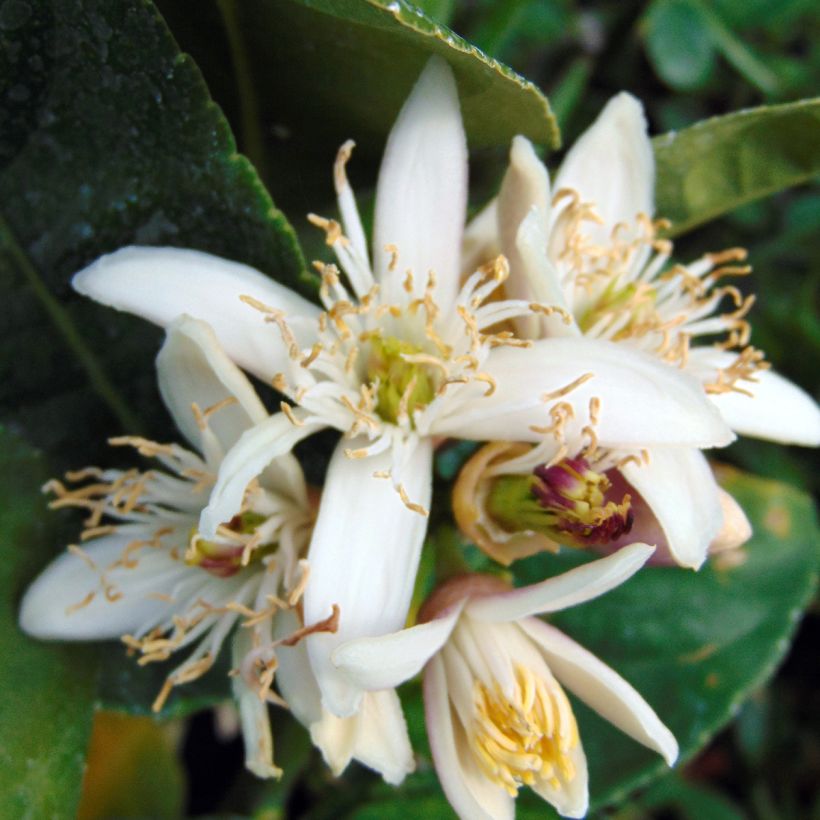

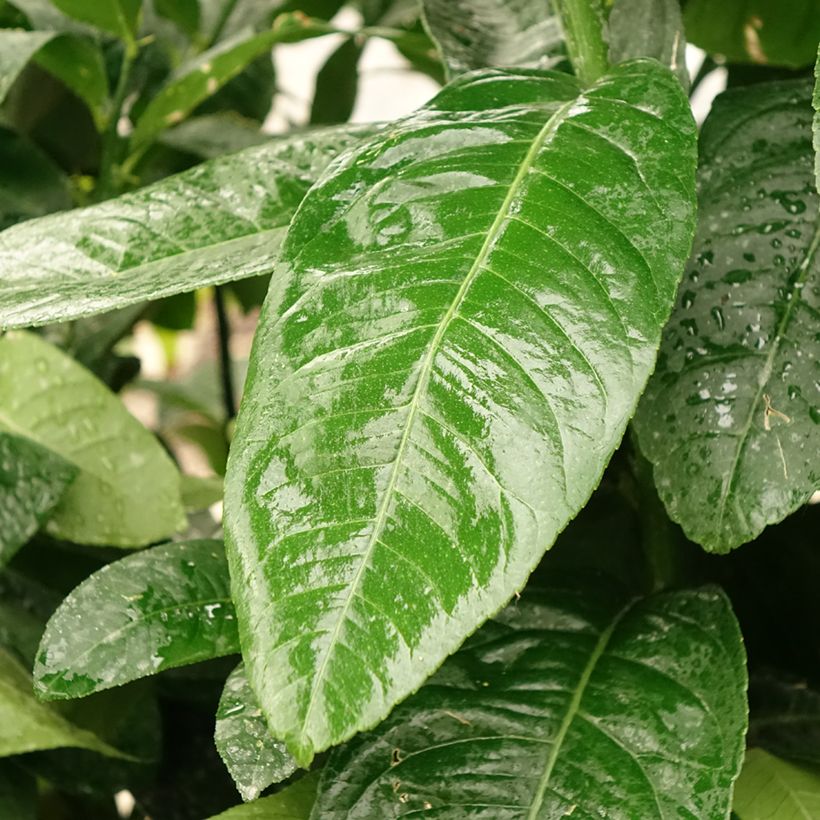

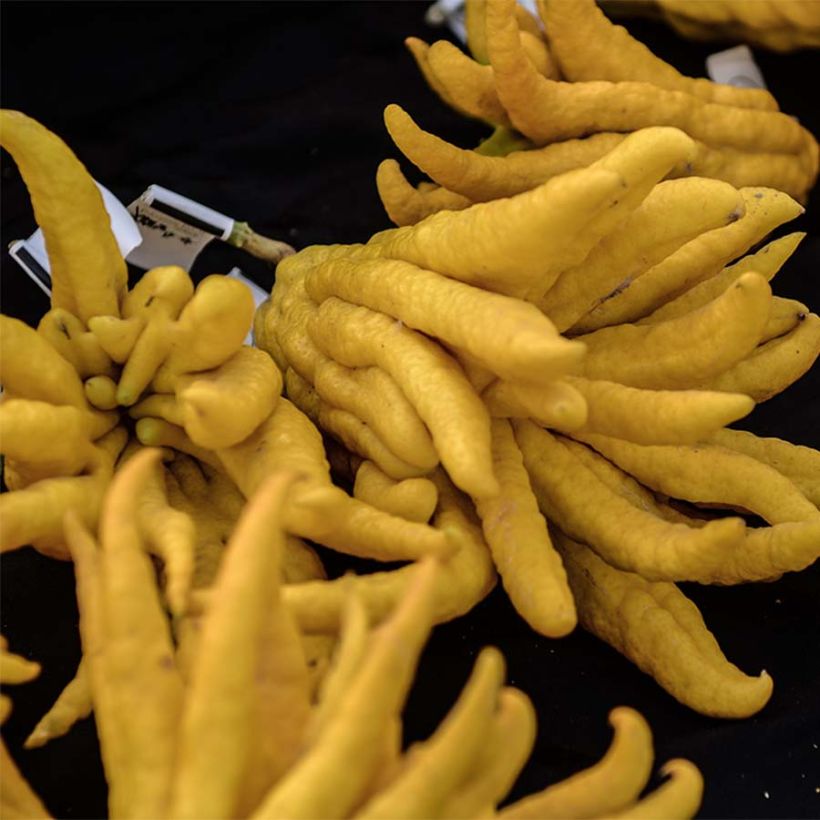

Plant habit
Fruit
Flowering
Foliage
Botanical data
Citrus
medica var. sarcodactylis
Rutaceae
Buddha's Hand, Fingered Citron
India
Other Citrus trees
View all →Planting and care
Planting in open ground: citrus trees appreciate well-drained, neutral, light, slightly acidic, and non-calcareous soils. It is only reasonable to plant them in open ground if you live on a Mediterranean coastal strip in an area particularly protected from frost. The best time to plant is in early spring, in March and April. Be careful not to bury the collar. Citrus trees are naturally greedy and require water to bear fruit well; in any case, consider amending with well-decomposed compost or "special citrus" fertiliser. Choose a sunny but not scorching location for your bush, especially for this citron tree that dislikes heat, drought, and scorching sun. Install it in a wind-sheltered area to prevent it from drying out the foliage and causing young fruits to fall. Place it in a location sheltered from sea spray.
Planting in a pot: In all other regions, the citrus tree will be planted in a pot that you can keep in a greenhouse or a very lightly heated veranda, but always frost-free; it will appreciate being outdoors in summer. Planting in a pot or repotting takes place at the end of summer. Choose a pot slightly larger than the root system, as citrus trees do not like to feel cramped. Moisten the root ball well. To improve the drainage capacity of the mixture, line the bottom of the pot with clay pebbles. Loosen the root ball and mix two-thirds of garden soil with one-third of "special citrus" potting soil. Water generously. Prefer pots made of terracotta or breathable material.
Citrus trees need a lot of water to thrive. Your Citron should be watered every day with water that is low in or free from limestone, and the soil must remain moist at all times. Similarly, make sure to regularly provide it with the fertiliser it needs: every 6 months for slow-release granular fertiliser or every 3 waterings for liquid fertiliser.
Planting period
Intended location
Care
Planting & care advice
-
, onOrder confirmed
Reply from on Promesse de fleurs
Similar products
Haven't found what you were looking for?
Hardiness is the lowest winter temperature a plant can endure without suffering serious damage or even dying. However, hardiness is affected by location (a sheltered area, such as a patio), protection (winter cover) and soil type (hardiness is improved by well-drained soil).

Photo Sharing Terms & Conditions
In order to encourage gardeners to interact and share their experiences, Promesse de fleurs offers various media enabling content to be uploaded onto its Site - in particular via the ‘Photo sharing’ module.
The User agrees to refrain from:
- Posting any content that is illegal, prejudicial, insulting, racist, inciteful to hatred, revisionist, contrary to public decency, that infringes on privacy or on the privacy rights of third parties, in particular the publicity rights of persons and goods, intellectual property rights, or the right to privacy.
- Submitting content on behalf of a third party;
- Impersonate the identity of a third party and/or publish any personal information about a third party;
In general, the User undertakes to refrain from any unethical behaviour.
All Content (in particular text, comments, files, images, photos, videos, creative works, etc.), which may be subject to property or intellectual property rights, image or other private rights, shall remain the property of the User, subject to the limited rights granted by the terms of the licence granted by Promesse de fleurs as stated below. Users are at liberty to publish or not to publish such Content on the Site, notably via the ‘Photo Sharing’ facility, and accept that this Content shall be made public and freely accessible, notably on the Internet.
Users further acknowledge, undertake to have ,and guarantee that they hold all necessary rights and permissions to publish such material on the Site, in particular with regard to the legislation in force pertaining to any privacy, property, intellectual property, image, or contractual rights, or rights of any other nature. By publishing such Content on the Site, Users acknowledge accepting full liability as publishers of the Content within the meaning of the law, and grant Promesse de fleurs, free of charge, an inclusive, worldwide licence for the said Content for the entire duration of its publication, including all reproduction, representation, up/downloading, displaying, performing, transmission, and storage rights.
Users also grant permission for their name to be linked to the Content and accept that this link may not always be made available.
By engaging in posting material, Users consent to their Content becoming automatically accessible on the Internet, in particular on other sites and/or blogs and/or web pages of the Promesse de fleurs site, including in particular social pages and the Promesse de fleurs catalogue.
Users may secure the removal of entrusted content free of charge by issuing a simple request via our contact form.
The flowering period indicated on our website applies to countries and regions located in USDA zone 8 (France, the United Kingdom, Ireland, the Netherlands, etc.)
It will vary according to where you live:
- In zones 9 to 10 (Italy, Spain, Greece, etc.), flowering will occur about 2 to 4 weeks earlier.
- In zones 6 to 7 (Germany, Poland, Slovenia, and lower mountainous regions), flowering will be delayed by 2 to 3 weeks.
- In zone 5 (Central Europe, Scandinavia), blooming will be delayed by 3 to 5 weeks.
In temperate climates, pruning of spring-flowering shrubs (forsythia, spireas, etc.) should be done just after flowering.
Pruning of summer-flowering shrubs (Indian Lilac, Perovskia, etc.) can be done in winter or spring.
In cold regions as well as with frost-sensitive plants, avoid pruning too early when severe frosts may still occur.
The planting period indicated on our website applies to countries and regions located in USDA zone 8 (France, United Kingdom, Ireland, Netherlands).
It will vary according to where you live:
- In Mediterranean zones (Marseille, Madrid, Milan, etc.), autumn and winter are the best planting periods.
- In continental zones (Strasbourg, Munich, Vienna, etc.), delay planting by 2 to 3 weeks in spring and bring it forward by 2 to 4 weeks in autumn.
- In mountainous regions (the Alps, Pyrenees, Carpathians, etc.), it is best to plant in late spring (May-June) or late summer (August-September).
The harvesting period indicated on our website applies to countries and regions in USDA zone 8 (France, England, Ireland, the Netherlands).
In colder areas (Scandinavia, Poland, Austria...) fruit and vegetable harvests are likely to be delayed by 3-4 weeks.
In warmer areas (Italy, Spain, Greece, etc.), harvesting will probably take place earlier, depending on weather conditions.
The sowing periods indicated on our website apply to countries and regions within USDA Zone 8 (France, UK, Ireland, Netherlands).
In colder areas (Scandinavia, Poland, Austria...), delay any outdoor sowing by 3-4 weeks, or sow under glass.
In warmer climes (Italy, Spain, Greece, etc.), bring outdoor sowing forward by a few weeks.






























